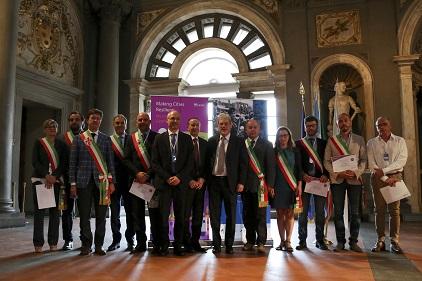CUDRR+R participated at the UN High Level Forum on Implementing the Sendai Framework for Disaster for Disaster Risk Reduction at Local Level in Florence, Italy on June 16 - 17,…


CUDRR+R participated at the UN High Level Forum on Implementing the Sendai Framework for Disaster for Disaster Risk Reduction at Local Level in Florence, Italy on June 16 - 17,…

CUDRR+R partners with Asian Development Bank for the report "Reducing Disaster Risk by Managing Urban Land Use - Guidance Notes for Planners." Read the full publication: here. In order to…